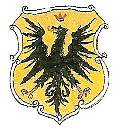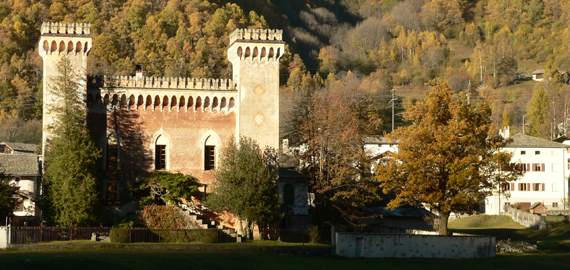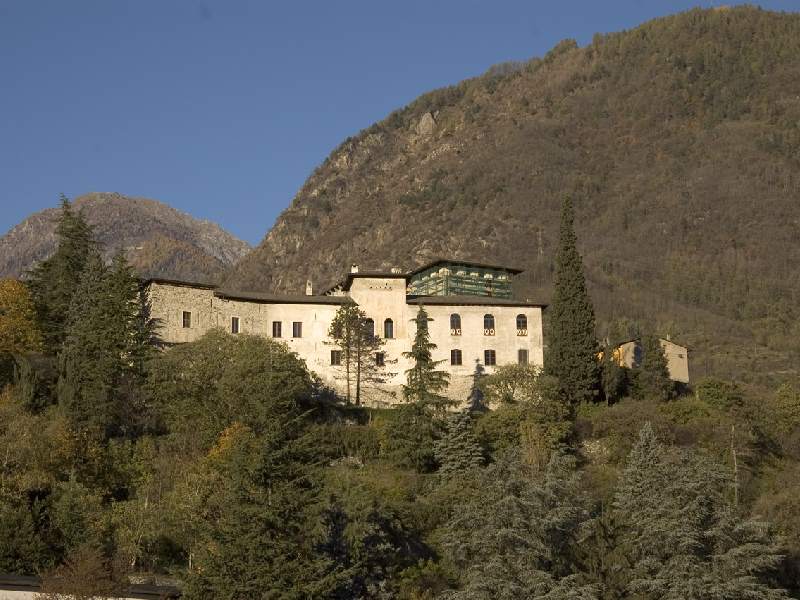Over the centuries, the road over the Muretto pass was mainly a trade route.
It was used frequently, because it was the quickest, most direct route for those coming from the Republic of Venice and continued into Switzerland towards Coira and beyond.
Vice versa, there is documentary evidence of caravans of Grigioni merchants passing through from Marmorera and Mulni in Val Sursette, from the Val d'Aver, from Filisur, Parpan and Churwalden, from Ilanz and Coira through the Valmalenco to purchase
'piode',
'laveggi' and cattle, or to stock up on the precious wine of the Valtellina and other products from Italy, such as salt, spices, wheat and cotton.
We also know about the processions of pilgrims from the Valmalenco on their way to the church of San Gaudenzio di Casaccia in Val Bregaglia Sopraporta (a church already in existence in 1200) to worship the relics.
Pilgrims, therefore, but also the numerous emigrants from the Valmalenco in search of work, all of whom further strengthened the human and cultural contacts between the two neighbouring valleys and populations; proof lies in the fact that already in the Middle Ages, numerous marriages were celebrated between couples from the Valmalenco and the Valtellina and from Bregaglia or Engadine.
 Coat of arms of the Capitanei family.
Coat of arms of the Capitanei family.
The economic and political importance of the Valmalenco gradually developed during the 11th and 12th centuries, when the Longobard Capitanei family from Vizzola became the lords of Sondrio and had also extended their jurisdiction over the valley.
Commencing from that period, the history of the Valley is entwined with the events linked to the Capitanei family, particularly when their military presence in Sondrio became decisive and of strategic importance in the era of the never-ending struggles between the Guelphs and the Ghibellines for dominion over the city of Como.
 Castelmur a Coltura (Val Bregaglia).
Castelmur a Coltura (Val Bregaglia).
Thanks to their shrewd policy of marriage alliances with the feudal families of the Val Bregaglia and Engadine (Castelmur, Marmorera, San Gaudenzio and Planta), they were able to link their own Guelph front with the one the other side of the Alps, led by the poweful bishop of Coira.
Thus, they played a decisive political role and held an important position.
It was their need to strengthen their military front, which directly connected the main provincial town with the Swiss neighbouring valleys.
We presume they built a system of fortified buildings and watch towers along the road over Muretto pass, scattered in strategic points on alternate sides of the Mallero torrent, to provide an effect network of light signals with the castle of Masegra standing above Sondrio.
 Sondrio. Masegra Castle, headquarters of the Grigione governor of the Valtellina.
Sondrio. Masegra Castle, headquarters of the Grigione governor of the Valtellina.
Following the initial Grigione domination of the Valtellina in 1512, the government of the Three Leagues turned the attention of both its internal and foreign policy towards the systematic exploitation of the great opportunities a land such as the Valtellina offered from both an economic and commercial and political, military and diplomatic point of view.
The central geographic position of the Val Malenco, lying like a corridor between the heart of the Val Malenco and the domain of the Three Leagues, encouraged the rulers' expectations.
An interesting correspondence, dated 1584-85, is preserved in the Cantonal Archive in Coira.
It highlights the intention of the Grigioni to build a proper road across the Muretto pass and continue towards Sondrio.